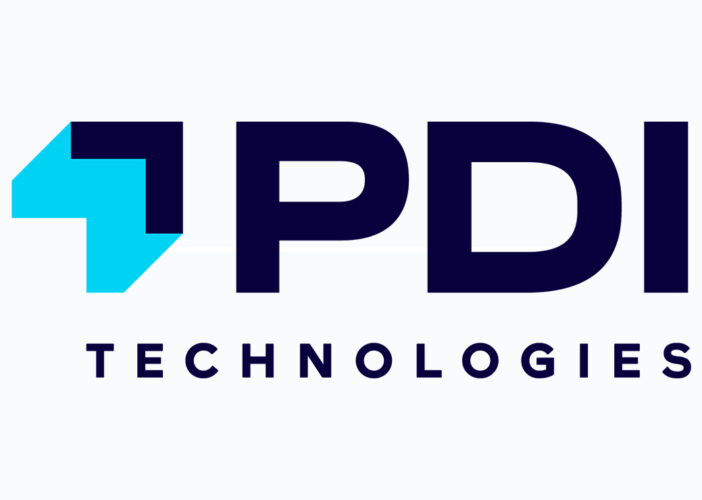MDR and EDR: The Dynamic Duo of Cybersecurity
The limitations of traditional security measures have become increasingly apparent as cyber attacks grow in complexity and frequency. Two powerful solutions have emerged as essential components of modern cybersecurity strategy: Managed Detection and Response (MDR) and Endpoint Detection and Response (EDR). Together, these technologies form a formidable defense against cyber threats, providing organizations with comprehensive protection and rapid response capabilities.
Understanding MDR: Your Vigilant Security Partner
Managed Detection and Response represents a comprehensive security service that combines advanced technology with human expertise. Think of MDR as having an elite team of cybersecurity experts working around the clock to protect your organization’s digital assets. These specialists leverage sophisticated tools and techniques to monitor, detect, investigate, and actively respond to threats in real-time.
What sets MDR apart from traditional security services is its proactive approach. Instead of merely alerting you to potential threats, MDR providers take immediate action to contain and neutralize security incidents. This includes threat hunting, incident response, and continuous monitoring of your environment for suspicious activities.
The key components of MDR services typically include:
- Advanced threat detection using machine learning and behavioral analytics to identify both known and unknown threats
- 24/7 monitoring by security operations center (SOC) analysts
- Incident response and threat containment
- Regular threat hunting to proactively identify potential vulnerabilities
- Detailed reporting and security recommendations
EDR: Your Endpoints’ Guardian
Endpoint Detection and Response serves as your organization’s digital sentinel, focusing specifically on endpoint devices such as laptops, desktops, servers, and mobile devices. These endpoints often represent the front line in cybersecurity battles, as they are frequently targeted by attackers seeking to gain access to corporate networks.
EDR solutions continuously monitor endpoint activities, collecting and analyzing data to detect suspicious behavior. Unlike traditional antivirus software that relies primarily on signature-based detection, EDR employs sophisticated behavioral analysis and machine learning to identify potential threats, including previously unknown malware and zero-day exploits.
Key capabilities of EDR systems include:
- Real-time continuous monitoring and data collection
- Advanced threat detection using behavioral analysis
- Automated response capabilities to contain threats
- Detailed forensic information for incident investigation
- Historical data retention for threat hunting and analysis
The Synergy: How MDR and EDR Work Together
While both MDR and EDR are powerful security solutions individually, their true potential is realized when they work in tandem. This partnership creates a multilayered security approach that significantly enhances an organization’s security posture.
EDR serves as the eyes and ears on the ground, constantly monitoring endpoint activities and collecting detailed telemetry data. This information feeds into the MDR system, where skilled security analysts can analyze it in context with other security data points. The combination provides a comprehensive view of the organization’s security landscape and enables more effective threat detection and response.
Consider this practical example: An employee’s laptop shows unusual behavior, attempting to access sensitive corporate data outside of normal working hours. The EDR system detects this anomaly and immediately alerts the MDR team. The security analysts quickly investigate the situation, leveraging their expertise and additional context from other security tools. If they determine it’s a genuine threat, they can take immediate action, such as isolating the affected endpoint and initiating incident response procedures.
Some key benefits of this integration include:
- Enhanced Threat Detection: The combination of EDR’s detailed endpoint data and MDR’s expert analysis leads to more accurate threat detection with fewer false positives.Faster Response Times: Automated EDR responses coupled with MDR’s human expertise enables rapid threat containment and remediation.
- Comprehensive Protection: While EDR focuses on endpoint security, MDR provides broader security coverage across your entire infrastructure.
- Continuous Improvement: MDR analysts can use insights gained from EDR data to enhance security policies and procedures over time.
Looking Ahead: The Future of Security Integration
As cyber threats continue to evolve, the integration of MDR and EDR will become increasingly important. We’re already seeing the emergence of extended detection and response (XDR) platforms that build upon this partnership, incorporating additional security tools and data sources for even more comprehensive protection.
Organizations should view MDR and EDR not as separate solutions but as complementary components of a modern security strategy. Their combined capabilities provide the robust protection needed to defend against today’s sophisticated cyber threats while maintaining the flexibility to adapt to tomorrow’s challenges.
For businesses looking to enhance their security posture, implementing both MDR and EDR should be seriously considered. The investment in these technologies, while significant, is often far less costly than dealing with the aftermath of a successful cyber attack. Moreover, the peace of mind that comes from knowing your organization is protected by this dynamic duo of cybersecurity is invaluable in today’s digital landscape.

